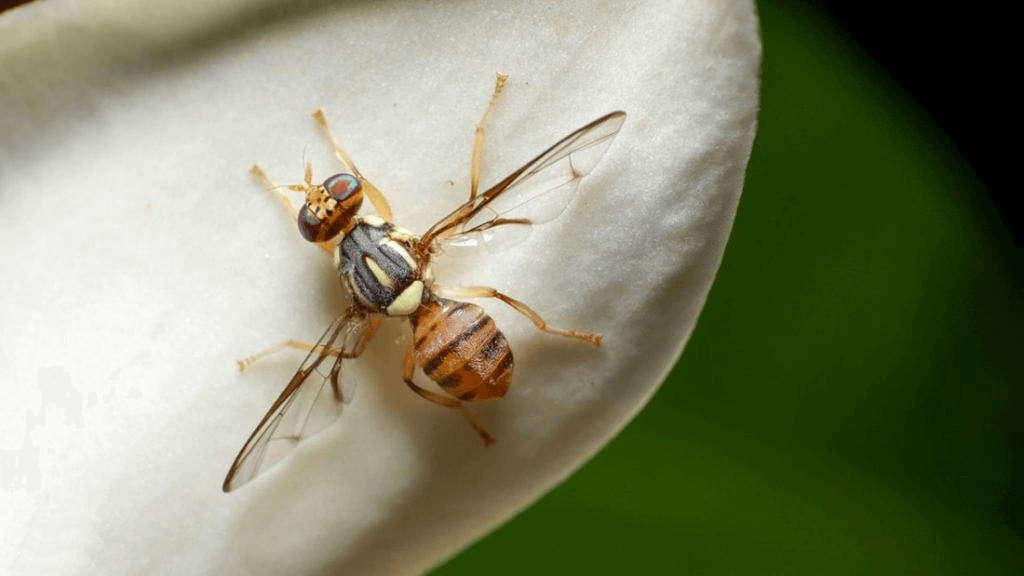The California Department of Food and Agriculture (CDFA) is preparing to begin large-scale fruit removal in the Redlands area of San Bernardino County. Removal will occur at more than 2,000 residences and is scheduled to begin in late January.
All host fruit for the Oriental fruit fly—citrus as well as a number of other fruits–will be removed from properties, with trees remaining in place.
Properties slated for fruit removal are north and south of I-10, with a northern boundary of E. Highland Ave., a western boundary at the intersection of Garden and Elizabeth streets, an eastern boundary of Alta Vista Dr., and a southern boundary of Silver Leaf Ct. A map of the area may be viewed here: https://www.cdfa.ca.gov/plant/docs/Redlands_HalfMileFruitRemoval_map.pdf.
This approach will allow CDFA and its partners at the United States Department of Agriculture (USDA) and local agricultural commissioners’ office to break the life cycle of the invasive fly, which lays eggs in fruit that develop into larvae (maggots), posing a threat to both residential and commercial citrus as well as a total of more than 230 crops, including nuts, vegetables, and berries.
If left unchecked, the Oriental fruit fly could become permanently established and cause billions of dollars worth of losses annually, which would significantly impact California’s food supply.
Residents in the Redlands area are strongly urged to cooperate with agricultural officials working on the project, as fruit removal is mandatory. Removal is expected to continue until late February. Residents in areas of concern will receive a notice 48 hours prior to fruit removal, with work crews arriving after the stated time interval has passed.
Work crews may consist of a combination of the following: CDFA and USDA employees, California Conservation Corps employees, and private contractors specializing in fruit removal.
Residents in the removal area are asked not to remove fruit from trees themselves and they may not move produce from their property. If fruit falls from trees and must be disposed of, residents are urged to double-bag it and place it in a trash bin rather than green waste bins or other organic refuse designations. This approach significantly reduces the risk of spread of Oriental fruit flies, larvae, and maggots.
More information about the Oriental fruit fly is available at CAFruitFly.com.
